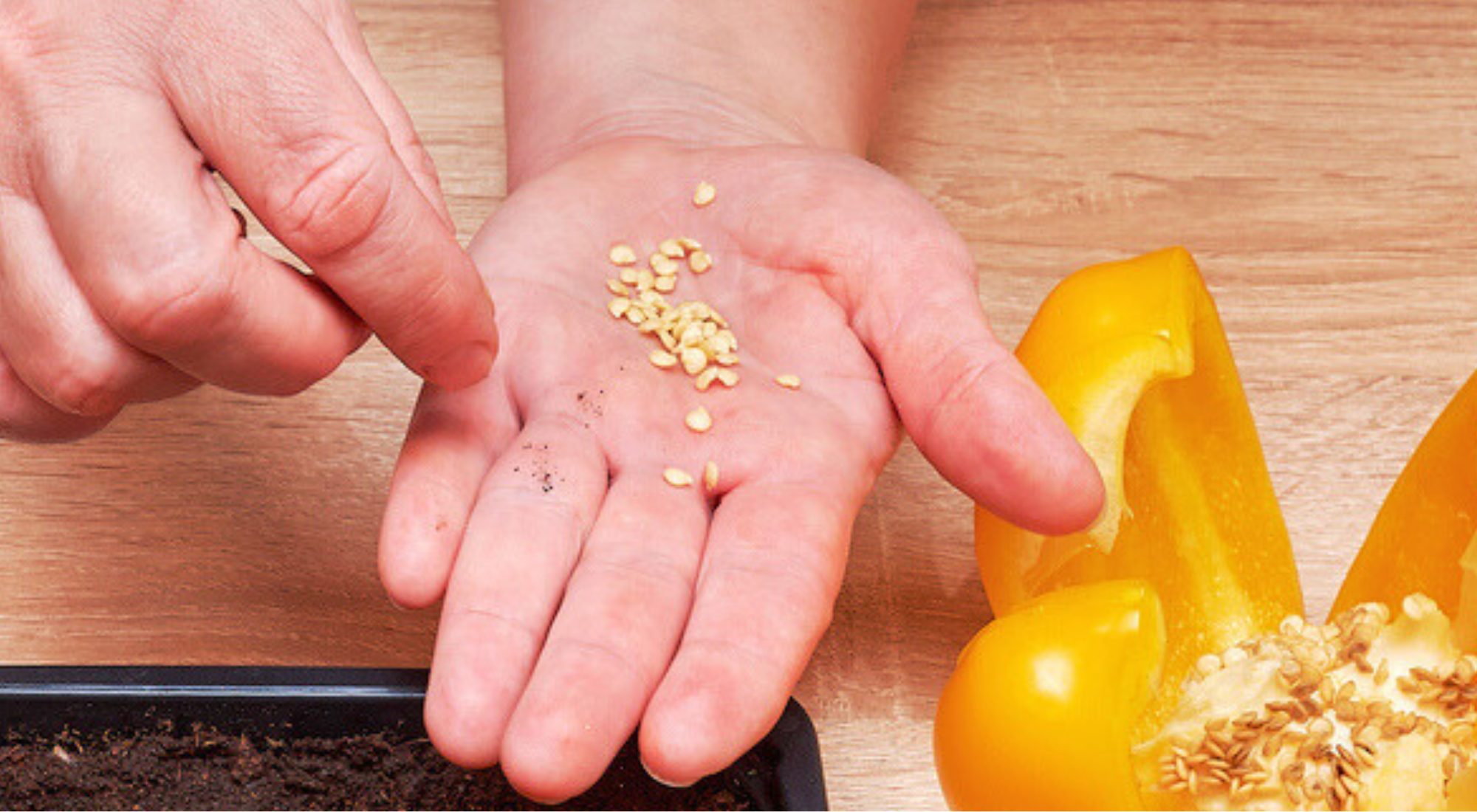;)
Once you get used to eating fresh produce straight from your own garden, you won’t ever want to go back to store-bought produce! Follow these tips for setting up a successful vegetable garden!
1. Don’t bite off more than you can chew

If you’ve never tried your hand at vegetable gardening, then it’s best to start off small (you can increase the size of your patch and the varieties you grow as you gain more experience). For one, you’re not sure whether you’re going to enjoy the process. For most people gardening is a wonderful experience, but be that as it may, we are all different, and for some it might just not be worth the effort. So, don’t sow seeds of every vegetable you can get your hands on, since you might lose some interest after a few months. By starting small, you don’t have to put in massive amounts of time and effort to look after the garden properly (remember, proper gardening does take some time and effort). This is important, especially if you run a busy work schedule with little downtime. A smaller garden equals a smaller commitment.
2. Choose the right veggies

It can be a bit overwhelming when browsing the seed aisle at your local nursery, since there seems to be an endless variety of stuff to grow! So, start with the information on the back of the packets for sowing instructions, i.e. the right seasons, positions (full sun vs shade), depths, and spacing (between plants) according to which you should sow your seeds so that you can match them to whatever your garden can offer.
For example, some veggies need larger spaces in between individual plants for healthy growth (which requires a larger garden), and some veggies love full sun, but others not so much. After you’ve selected seeds based upon these criteria, make sure you choose vegetables you actually enjoy! It’s no use selecting a packet of Brussels sprouts just because their time is right for sowing if you actually hate them!

Also pick veggies that are easy growers. Carrots, green beans, spinach, and tomatoes are all good choices when you’re first starting out, since they aren’t too difficult to grow. Modern varieties have also become much more foolproof (but not completely!) due to artificial selection.
Gardening can take a lot of time, water, and effort. But when that effort pays off, you will be left with A LOT of produce. So, if you choose the veggies you love to eat, you won’t be disappointed! Better yet, try and choose veggies that can be preserved in various ways – freezing, pickling, drying, etc.
3. Choose the right spot in your garden

Even if you have a small garden, you can still plant fruits and veggies (if you just have a balcony, you can have a potted tomato plant!). Some vegetables grow vertically – like green beans and peas – which means more space to plant other veggies!
You might think that the forgotten patch at the back of your yard is a good spot to plant veggies, but will you remember to water your garden regularly if it’s out of sight? If your garden is closer to your door, you will be more likely to water it, and it will also be easier to pick a few herbs when you cook!
Be especially observant of which areas receive the most sunlight during the day. As mentioned, some plants need full sun, while others prefer semi-shade to full shade, so tailor your veggie choices according to this.
4. Water frequently

Some veggies need more water than others. This is a very important consideration, especially if you live in a drought-stricken area which has water restrictions, since this could seriously influence your watering cycles (frequency and intensity, i.e. when you can water and how much you can water).
It’s also a good idea to determine your garden’s soil type. For example, clay soils retain water for a longer period of time, and will require less watering that sandy soils, but is also more oxygen poor, which might require substantial addition of compost to improve aeration. Also consider the prevailing climate. For example, if your region experiences a lot of wind, soil will dry out quicker and will require more frequent watering.
5. Protect your vegetables

Weeds in your garden compete for sunlight, water, and nutrients, so get rid of them as soon as you spot them! You want your veggies alone to get those valuable resources; after all, you are paying for them! (Well, maybe not the sunlight.)
Plants cannot just live on air and water (contrary to popular belief), so to make sure your veggies get the nutrients they need, you need to add fertilizer to the soil once in a while. Besides insects and fungal diseases, you also need to protect your garden from bigger animals (like stray cats or rabbits). Invest in a small fence to keep these critters away!
;Resize,width=712;)
;Resize,width=712;)
;Resize,width=712;)
;Resize,width=767;)
